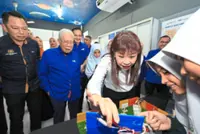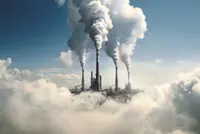This map shows the SDG Indicator 1.4.1 — proportion of population living in households with access to basic services for SDG 1‐No Poverty. With a focus on access to piped water in house (hence clean water), this map shows the varied SDG performance of the access to piped water across Malaysian districts. The assessment has score values of zero to 100 where zero represents worst performance value and 100 is the best performance value for SDG indicator.
ON Sept 25 of 2015, Malaysia — together with 192 United Nations (UN) member states — adopted 2030 Agenda for Sustainable Development. As a global collective blueprint, the 17 Sustainable Development Goals (SDGs) is a call for all countries in the world to promote prosperity and protecting the planet. In Malaysia, our Economic Planning Unit (EPU) by the Economy Ministry is tasked as focal point for sustainable development and each country is responsible review and follow up on the progress of the SDGs. According to Sustainable Development Report (SDR) 2023 — produced by UN Sustainable Development Solutions Networks (UN SDSN) — Malaysia ranks 78 out of 166 assessed countries of the report.
Re-strategising our efforts
Already a subscriber? Log in
Save 30% OFF The Star Digital Access
Cancel anytime. Ad-free. Unlimited access with perks.





